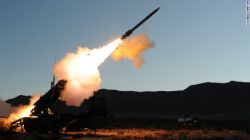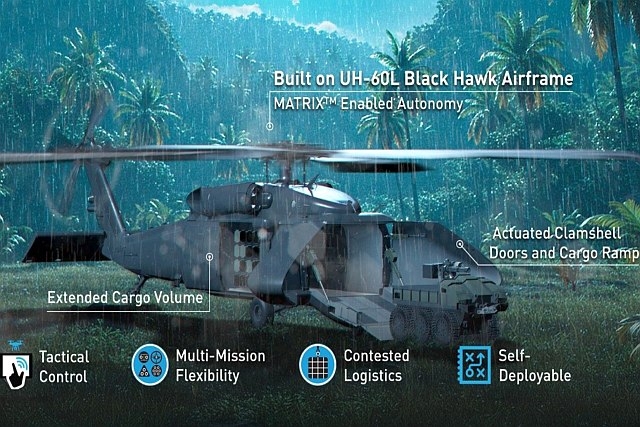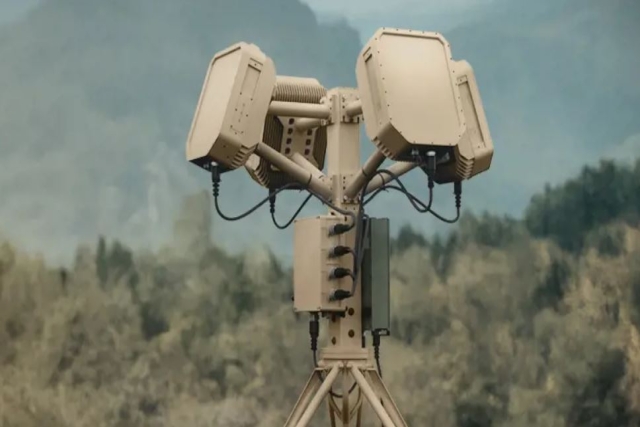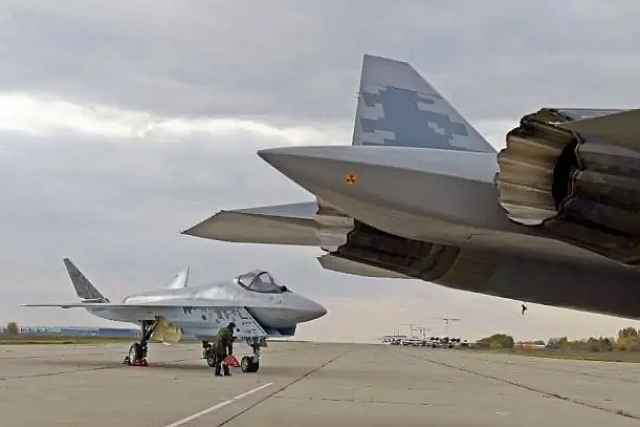Turkey To Integrate Chinese Defense System Into NATO Architecture

Turkey plans to adopt a Chinese long-range anti-missile and air defense system, Turkish procurement officials said, even though it may be impossible to integrate the system with its existing NATO architecture.
One senior procurement official familiar with the program said the Turkish government has concluded that the Chinese proposal was technologically satisfactory, allowed technology transfer and was much cheaper than rival proposals.
The decision to select the Chinese contender awaits final approval from Turkey Defense Minister Ismet Yilmaz and Prime Minister Recep Tayyip Erdogan.
In January, Turkey restructured the $4 billion program, dubbed T-Loramids, which had originally been constructed as an off-the-shelf purchase. The contenders’ bids would remain valid, but the Undersecretariat for Defense Industries (SSM) procurement office would ask bidders to submit parallel, co-production solutions. Erdogan ordered the launch of feasibility studies on “potential co-production” of the system.
T-Loramids consists of radar, launcher and intercept missiles.
The same month, SSM wrote to the bidders and asked them to send letters of intent for any co-production deal. The bidders are a U.S. partnership of Raytheon and Lockheed Martin, offering the Patriot air defense system; Russia’s Rosoboronexport, marketing the S-300; the China Precision Machinery Export-Import Corp., offering its HQ-9; and the Italian-French consortium Eurosam, maker of the SAMP/T Aster 30.
T-Loramids, has been designed to counter both enemy aircraft and missiles. Turkey has no long-range air defense systems.
But diplomats and analysts warn that Turkey may not be allowed to integrate the Chinese-Turkish system into Turkey’s mostly NATO-owned early warning assets.
About half of Turkey’s network-based air defense picture (radars) has been paid for by NATO, said a Turkish defense official familiar with NATO work. They are part of the NATO Air Defense Ground Environment. He did not comment on potential problems if Turkey wanted to make the planned system interoperable with these assets.
To defend against missile threats, Turkey needs satellite and dedicated ballistic missile detection and tracking radar like the NATO radar deployed last year in Kurecik.
For the anti-aircraft component, Turkey needs an overall picture for data fusion. The Patriot system, for instance, can detect threats with its own radar. So does the Chinese system. But without integrating into a full air picture, the Chinese system could not work efficiently, officials said.









